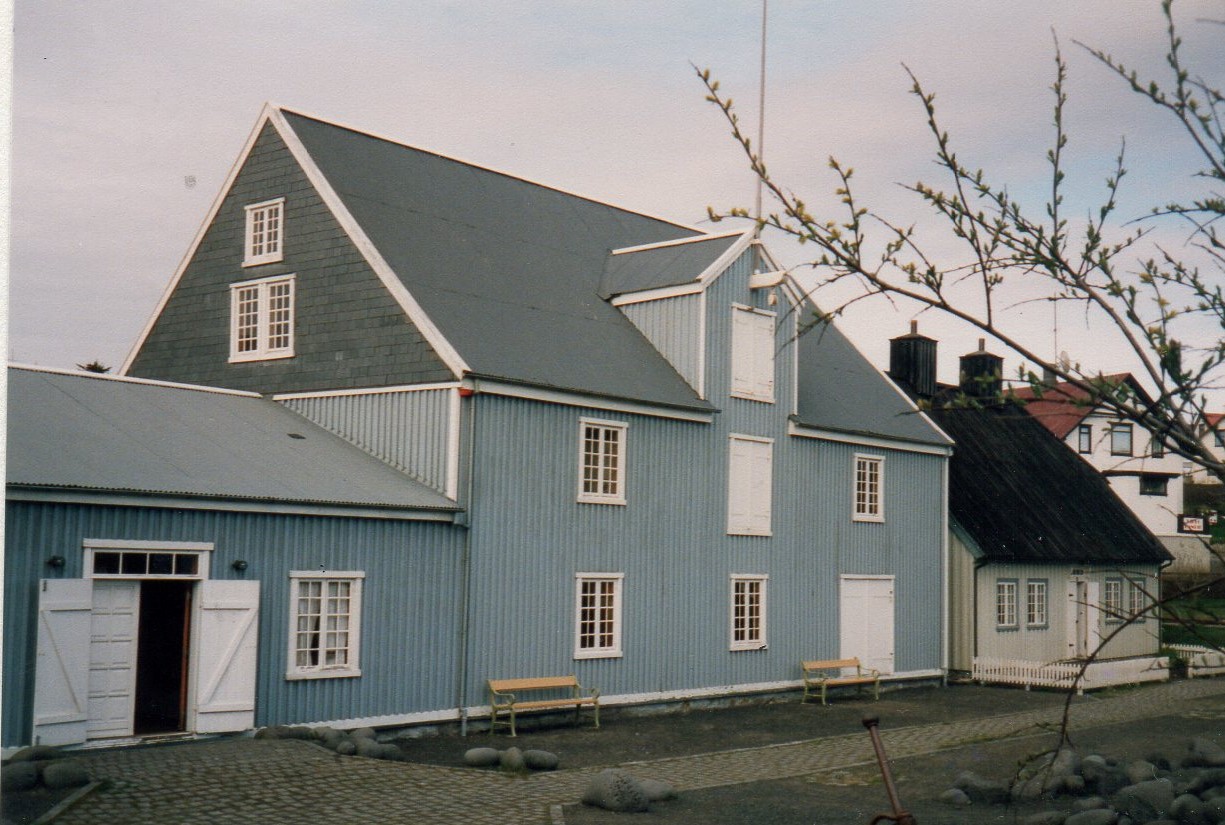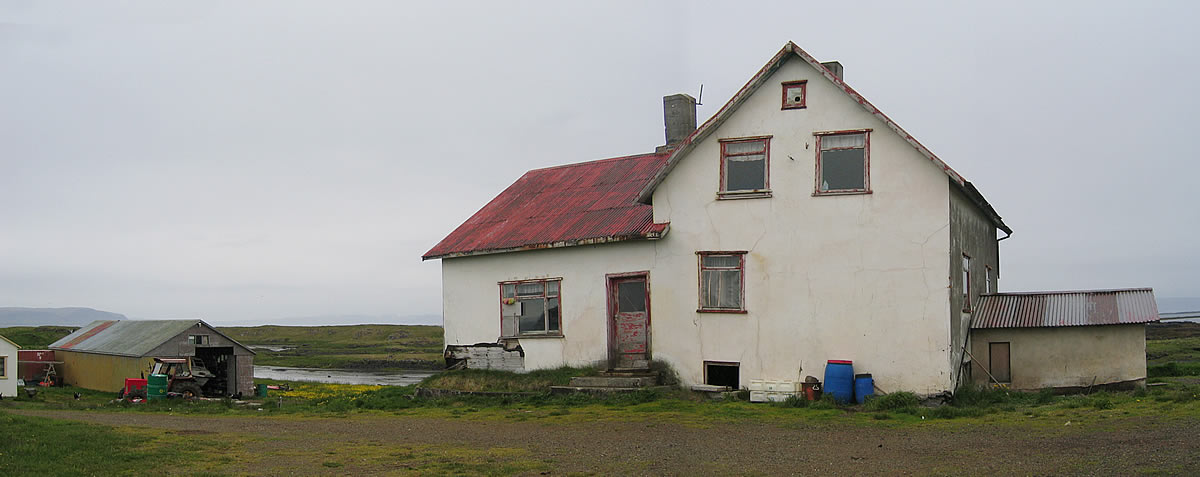|
Jón Páll Sigmarsson
Jón Páll Sigmarsson (28 April 1960 – 16 January 1993) was an Icelandic strongman, powerlifter and bodybuilder who was the first man to win the World's Strongest Man four times and the first and only man to win the World Muscle Power Classic five times. He is widely regarded as one of the greatest strongmen of all time, and is credited with developing Iceland's national identity. He was named Icelandic Sportsperson of the Year in 1981, and was one of the best-known Icelandic athletes. In 2012, Jón Páll was inducted into the World's Strongest Man Hall of Fame. Early life Jón Páll was born in Hafnarfjörður on 28 April 1960, weighing and measuring . He was the first child of Dóra Jónsdóttir and Sigmar Jónsson. He was raised by his mother and foster father Sveinn Guðmundsson. The family moved to Stykkishólmur when he was two. He remained there until the age of nine, when the family r ... [...More Info...] [...Related Items...] OR: [Wikipedia] [Google] [Baidu] |
Hafnarfjörður
Hafnarfjörður (), officially Hafnarfjarðarkaupstaður (), is a port town and municipality in Iceland, located about south of Reykjavík. The municipality consists of two non-contiguous areas in the Capital Region, on the southwest coast of the country. At about 30,000 inhabitants, Hafnarfjörður is the third-most populous city in Iceland after Reykjavík and Kópavogur. It has established local industry and a variety of urban activities, with annual festival events. Activities The town is the site of an annual Viking festival, where Viking culture enthusiasts from around the world display reconstructions of Viking garb, handicraft, sword-fighting and longbow shooting. It takes place in June each summer. Local industry Just two kilometres () outside of Hafnarfjörður is an aluminium smelter, run by Alcan. The smelter was originally built in 1969, and it has improved its cleaning process since then, especially regarding fluoride. Local elections were held in May 2006, where ... [...More Info...] [...Related Items...] OR: [Wikipedia] [Google] [Baidu] |
Pure Strength
Pure Strength was a strongman competition held from 1987 to 1990 which was created by Tjalling van den Bosch. Event History The first year of the event was known as "Pure Strength Challenge" and it was a single man competition featuring only Bill Kazmaier, Geoff Capes and Jón Páll Sigmarsson. The event was held at Huntly Castle in Aberdeenshire, Scotland. Jón Páll won 8 out of 10 events to become the 1987 champion. In 1988, the event became a 2-man team competition held at Allington Castle in Allington, Kent England. The teams were from the United States, Great Britain, the Netherlands and Australia. Team USA would eventually win in 1988, with team members Bill Kazmaier and Stuart Thompson. In 1989, Team Iceland claimed victory with team members Hjalti Árnason and Magnús Ver Magnússon. Kazmaier would win again in 1990 for Team USA along with teammate O.D. Wilson. Event Placings {, class="wikitable" !Year !Champion !Runner-Up !3rd Place !Location , - , Pure Strength '87, , ... [...More Info...] [...Related Items...] OR: [Wikipedia] [Google] [Baidu] |
Bodybuilding
Bodybuilding is the use of progressive resistance exercise to control and develop one's muscles (muscle building) by muscle hypertrophy for aesthetic purposes. It is distinct from similar activities such as powerlifting because it focuses on physical appearance instead of strength. An individual who engages in this activity is referred to as a bodybuilder. In professional bodybuilding, competitors appear in lineups and perform specified poses (and later individual posing routines) for a panel of judges who rank them based on symmetry, muscularity, size, conditioning, posing, and stage presentation. Bodybuilders prepare for competitions through the elimination of nonessential body fat, enhanced at the last stage by a combination of extracellular dehydration and carbo-loading, to achieve maximum muscular definition and vascularity; they also tan and shave to accentuate the contrast of their skin under the spotlights. Bodybuilding takes a great amount of effort and time to r ... [...More Info...] [...Related Items...] OR: [Wikipedia] [Google] [Baidu] |
Glima
Glima is the name that covers several types of Nordic folk wrestling practiced as sport and combat. In one common form of glima, players grip their opponent by the waist and attempt to throw them to the ground using technique rather than force. Other variants allow for more aggression. History The original Norwegian settlers in Iceland took wrestling with them, and these combat systems have been used by the populace according to the Jónsbók law book from 1325. A modern trouser-grip glima competition was first held in Iceland in 1888 and has been held almost every year since. In 1905 the belt was introduced so that the wrestlers could have a better grip on each other. Before that they held on to each other's trousers. In 1906 the first competition for the ''Belt of Grettir'' was held where the winners are named ''The Glima King''. In the 1912 Summer Olympics there was a demonstration of modern trouser-grip glima. Variants Trouser-grip wrestling The trouser-grip (''brók ... [...More Info...] [...Related Items...] OR: [Wikipedia] [Google] [Baidu] |
Seal Hunts
Seal hunting, or sealing, is the personal or commercial hunting of seals. Seal hunting is currently practiced in ten countries: United States (above the Arctic Circle in Alaska), Canada, Namibia, Denmark (in self-governing Greenland only), Iceland, Norway, Russia, Finland and Sweden. Most of the world's seal hunting takes place in Canada and Greenland. The Canadian Department of Fisheries and Oceans (DFO) regulates the seal hunt in Canada. It sets quotas (total allowable catch – TAC), monitors the hunt, studies the seal population, works with the Canadian Sealers' Association to train sealers on new regulations, and promotes sealing through its website and spokespeople. The DFO set harvest quotas of over 90,000 seals in 2007; 275,000 in 2008; 280,000 in 2009; and 330,000 in 2010. The actual kills in recent years have been less than the quotas: 82,800 in 2007; 217,800 in 2008; 72,400 in 2009; and 67,000 in 2010. In 2007, Norway claimed that 29,000 harp seals were killed, Ru ... [...More Info...] [...Related Items...] OR: [Wikipedia] [Google] [Baidu] |
Skáleyjar
Skáleyjar () is a group of islands of the Breiðafjörður fjord in Westfjords, Iceland Iceland ( is, Ísland; ) is a Nordic island country in the North Atlantic Ocean and in the Arctic Ocean. Iceland is the most sparsely populated country in Europe. Iceland's capital and largest city is Reykjavík, which (along with its s .... In total, Skáleyjar consists of around 140 to 160 islands, and is an estimated 13 kilometres in length. References Islands of Iceland {{DEFAULTSORT:Skáleyjar ... [...More Info...] [...Related Items...] OR: [Wikipedia] [Google] [Baidu] |
Stykkishólmur
Stykkishólmur () is a town and municipality situated in the western part of Iceland, in the northern part of the Snæfellsnes peninsula. It is a center of services and commerce for the area. Most of the people make their living from fishing and tourism. A ferry called ''Baldur'' goes over the Breiðafjörður fjord to the Westfjords. It also is the gateway to Flatey. The origin of Stykkishólmur can be traced to its natural harbor. The location became an important trading post early in Iceland's history: the first trading post in Stykkishólmur is traced back to the mid-16th century, even before Denmark implemented the Danish–Icelandic Trade Monopoly (1602 – 1787). From that time trading has been at the heart of the settlement's history. In 1828 Árni Thorlacius built a large house for his home and companies, the Norwegian house, which has been renovated and accommodates the local museum. Overview The favorable position of the town was discovered early and in 1550 a trading ... [...More Info...] [...Related Items...] OR: [Wikipedia] [Google] [Baidu] |
Icelandic Sportsperson Of The Year
The Icelandic Sportsperson of the Year ( is, Íþróttamaður ársins) is an annual award given to the best Icelandic sportsperson of the year. The winner is selected by the Icelandic Association of Sports Journalists. It was first given in 1956 to the triple jumper Vilhjálmur Einarsson, who is also the person with the most awards with five. Traditionally, the award is given at the Sportsperson of the Year Ball which is attended by journalists and sportspeople. Icelandic Sportspeople of the Year References External linksIcelandic Sportsperson of the Yearwebsite {{DEFAULTSORT:Icelandic Sportsperson Of The Year National sportsperson-of-the-year trophies and awards Sportsperson An athlete (also sportsman or sportswoman) is a person who competes in one or more sports that involve physical strength, speed, or endurance. Athletes may be professionals or amateurs. Most professional athletes have particularly well-devel ... Sport in Iceland Awards established in 1956 ... [...More Info...] [...Related Items...] OR: [Wikipedia] [Google] [Baidu] |
World Muscle Power Classic
The World Muscle Power Classic (WMPC) (sometimes known as the World Muscle Power Championships) was one of the most enduring annual strongmen competitions, running for twenty years and in that time attaining the position of the second most prestigious Strength athletics, strongman contest in the world, after the World's Strongest Man. It was notable for that reason and for the quality of the strength athletes it attracted, which included every winner of the World's Strongest Man competition from 1980 onwards including Jón Páll Sigmarsson, Geoff Capes and Bill Kazmaier from the 1980s right up to the five time WSM champion Mariusz Pudzianowski and four time WSM champion Žydrūnas Savickas, both of whom were never able to capture the WMPC title. History The World Muscle Power Classic (WMPC) first took place in 1985, with the by then established World's Strongest Man having made the popularity of strongman competitions such that this second world title was viable. In a sport notorio ... [...More Info...] [...Related Items...] OR: [Wikipedia] [Google] [Baidu] |
Powerlifting
Powerlifting is a strength sport that consists of three attempts at maximal weight on three lifts: squat, bench press, and deadlift. As in the sport of Olympic weightlifting, it involves the athlete attempting a maximal weight single-lift effort of a barbell loaded with weight plates. Powerlifting evolved from a sport known as "odd lifts", which followed the same three-attempt format but used a wider variety of events, akin to strongman competition. Eventually odd lifts became standardized to the current three. In competition, lifts may be performed equipped or un-equipped (typically referred to as 'classic' or 'raw' lifting in the IPF specifically). Equipment in this context refers to a supportive bench shirt or squat/deadlift suit or briefs. In some federations, knee wraps are permitted in the equipped but not un-equipped division; in others, they may be used in both equipped and un-equipped lifting. Weight belts, knee sleeves, wrist wraps, and special footwear may also be u ... [...More Info...] [...Related Items...] OR: [Wikipedia] [Google] [Baidu] |
Strongman (strength Athlete)
In the 19th century, the term strongman referred to an exhibitor of strength or similar circus performers who performed feats of strength. More recently, strength athletics, also known as strongman competitions, have grown in popularity. These competitions are now composed of a variety of events in which competitors have to move the highest weights possible, the winner being the one having the highest tally across all events. Description In the first half of the 20th century, strongmen would perform various feats of strength such as the bent press (not to be confused with the bench press, which did not exist at the time), supporting large amounts of weight held overhead at arm's length, steel bending, chain breaking, etc. They needed to have large amounts of wrist, hand, and tendon strength for these feats, as well as prodigious oblique strength. In the late 20th century the term ''strongman'' evolved to describe one who competes in strength athletics – a more modern e ... [...More Info...] [...Related Items...] OR: [Wikipedia] [Google] [Baidu] |




